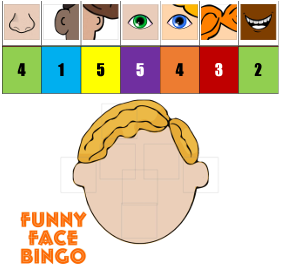Our third treasure hunt is an animal-themed one. It pretty much follows the same sort of idea as the other 2 I’ve posted, but all the clues describe animals.
You can use it to review animal vocabulary, as part of an animal unit, CLIL science lesson, etc.
What to do
Download the PDF at the end of this post.
Print and cut out the clues and stick them up around your space. It can be a classroom, playground, wherever.
Each animal has it’s corresponding clue in the text underneath, so you can easily stick them back-to-back and laminate them if you want to reuse them.
There are 2 different circular treasure hunts. The left column is one hunt, the right column is the other. So you can have two teams if you wish, or even several staggared teams. You can start with ANY animal. When you arrive back at the same animal you started with, you have finished.
How to play
Give each player/team an answer sheet. They write their name and start time at the top.
Students follow the clues, writing the names of the animals in order on their sheets.
When they finish, write the finish time and calculate their total time. Fastest wins.
There are penalty points for misspelled answers, wrong answers and if the animals aren’t in order, you know they have cheated, or made a mistake.
You can decide how much time you want to add for each penalty, but I tend to give 5 seconds for a misspelling, 20 seconds for an incerrect answer and a minute if the answers aren’t in order. I explain this at the start to discourage cheating.
Download
Download the PDF of the Treasure Hunt here : https://classroomgames.net/product/animal-treasure-hunt/










